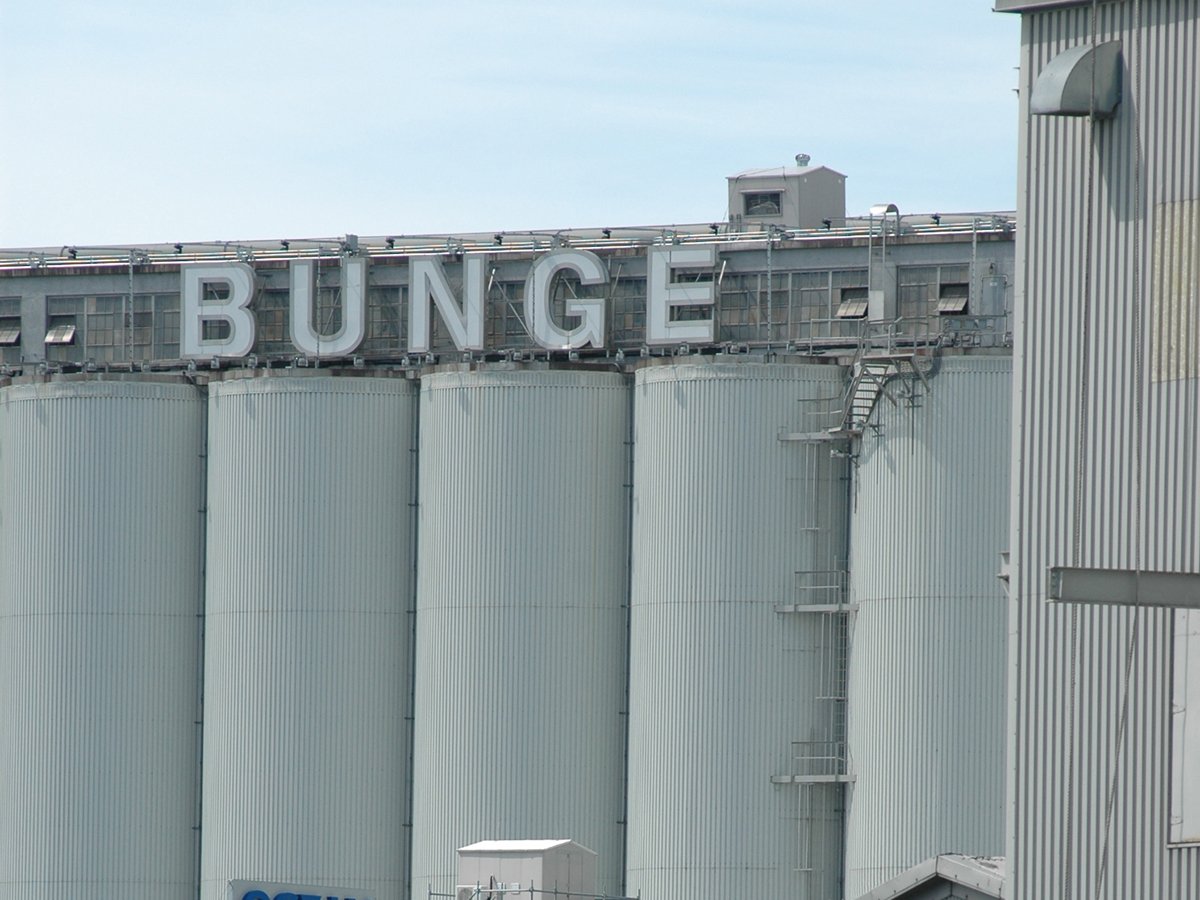Manitoba declares state of emergency | Manitoba and Saskatchewan premiers assess damages
Manitobans were anxiously watching the Assiniboine River and other swollen waterways earlier this week, waiting for the crest and what it might bring.
The government last week issued a province-wide state of emergency and called in the military after torrential rain caused widespread flooding.
Areas along the Manitoba-Sask-atchewan border received more than 200 millimetres of rain, which flooded farmland, communities and highways. Much of the region had already seen much higher-than-normal precipitation this spring.
As of July 7, 79 Saskatchewan mun-icipalities and First Nations were still under local states of emergency and premier Brad Wall was on a second tour to see the damage. Twenty-six of those declarations were expected to expire later that day or July 8.
Read Also

Bunge’s crop mix is changing
Bunge has predominantly been a soybean processing firm, but that’s about to change after the merger with Viterra with softseed processing and grain merchandising gaining ground.
In Manitoba, 55 municipalities had declared local emergencies, aside from the provincial declaration. About 770 people were out of their homes as a precaution.
The province-wide state of emergency allows the government to take action it deems necessary but that could affect private property.
Prime minister Stephen Harper and Manitoba premier Greg Selinger viewed the situation from the air July 6, and Harper said all levels of government were working together to deal with the disaster.
He stopped short, however, of promising aid beyond the usual disaster assistance programs.
“There will be disaster assistance in this case as there always is according to the federal law,” he told reporters in Brandon. “We’ll keep on top of this until we get the crest and get through it all.”
Wall has suggested that province’s bill will top the $360 million spent after a similar situation in 2011. Both provinces experienced record-setting floods that year.
Both provinces reported sections of highways closed due to high water levels or washouts. Municipal roads were also affected.
Saskatchewan highways spokesperson Doug Wakabayashi said roads that had been closed but are now open will still need permanent fixes after the water subsides.
The situation overall in Saskatchewan is stabilizing as water levels decline.
Emergency management commissioner Duane McKay said about 200 people from Alida, Gainsborough, Melville, Sakimay, Yorkton and Bird’s Point were still out of their homes.
Recovery centres are open in Carnduff, Moosomin, Grenfell, Esterhazy, Balcarres and Yorkton, where people can get information on how to apply for assistance and the provincial Farm Stress Line is open to anyone who needs confidential counseling.
Ten communities have precautionary drinking water advisories in effect: Abernethy, Crooked Lake, Fairlight, Good Spirit Provincial Park, Hubbard, Killaly, Lemberg, Moosomin and District Regional Park, Tantallon and Welwyn.
With the focus in Saskatchewan turning to recovery, officials reminded people to be careful on lakes because of the increase in debris and levels that will likely be higher than usual all summer. The water level at Round Lake has exceeded the 1955 record.
Last Mountain Lake hadn’t yet peaked but slumping land at Grandview Beach, a result of several wet years, was sending some cottages toward the shore.
A spokesperson for the Provincial Disaster Assistance Program said 298 applications had been received while the Melville recovery centre was open. Of the 148 communities that had contacted PDAP, 84 were approved, 22 were pending and 42 were in process.















